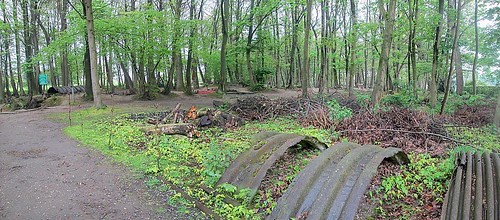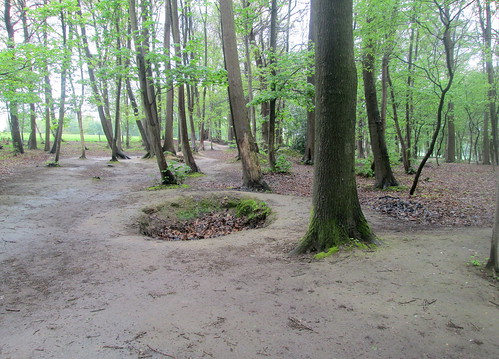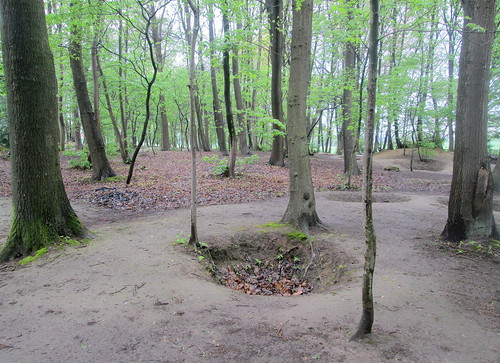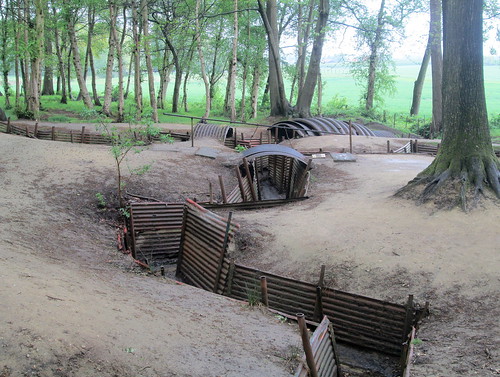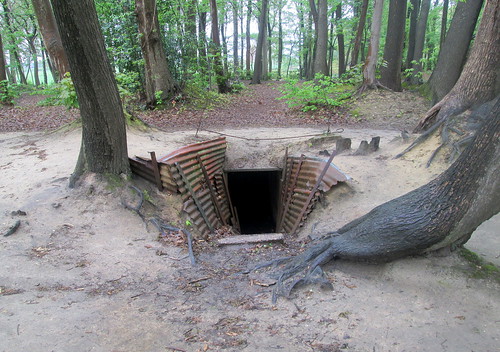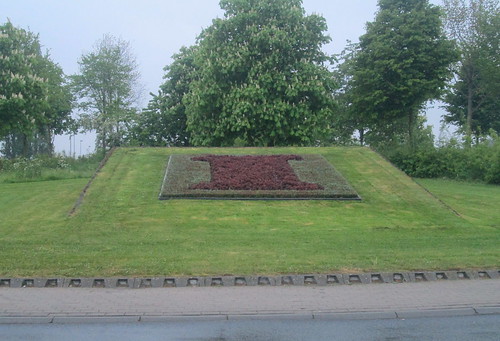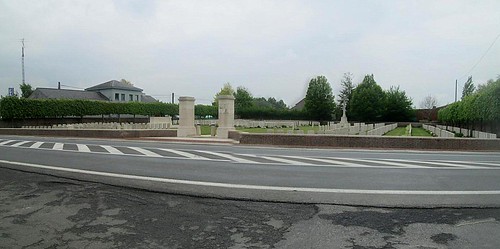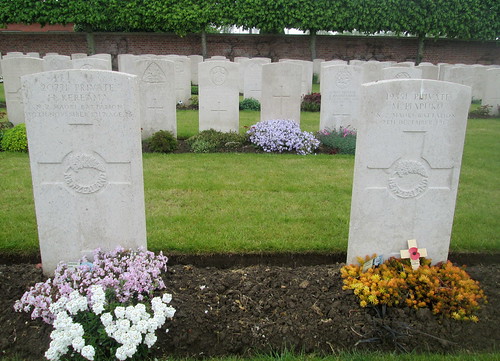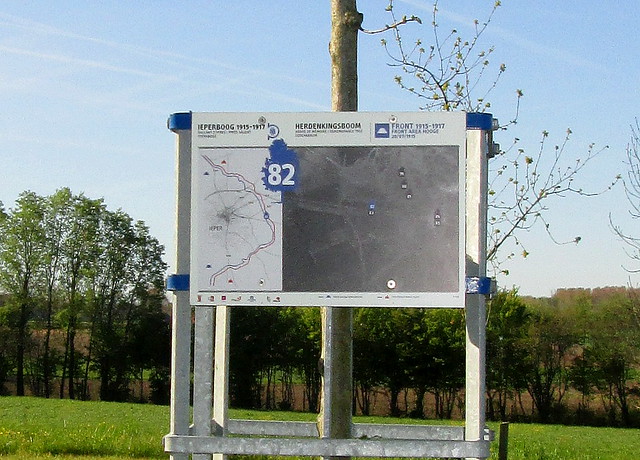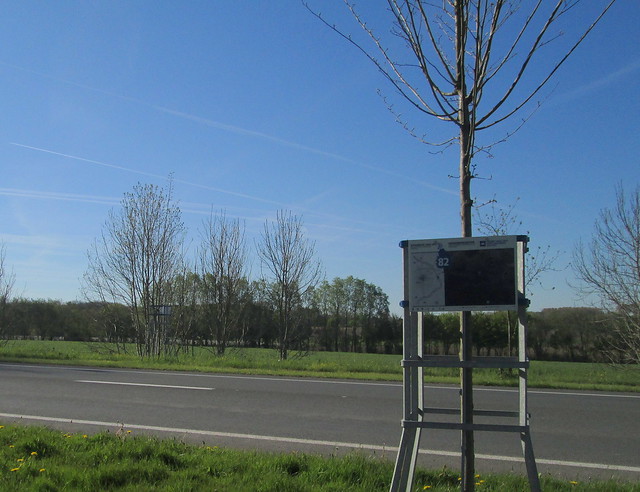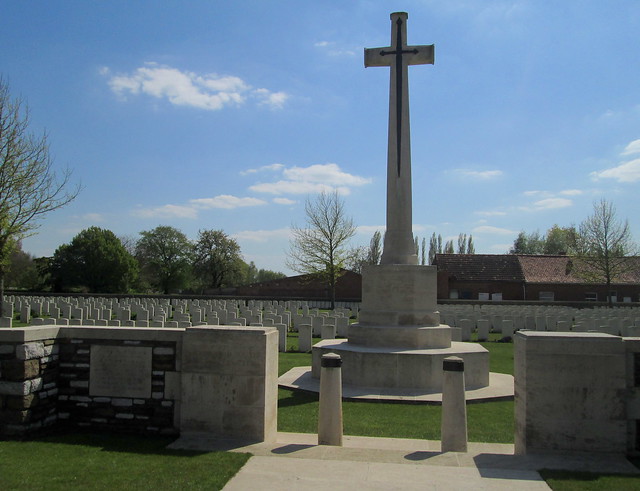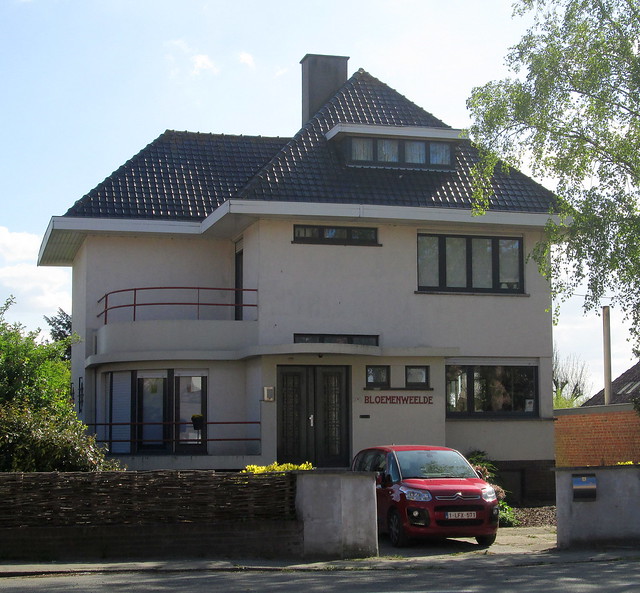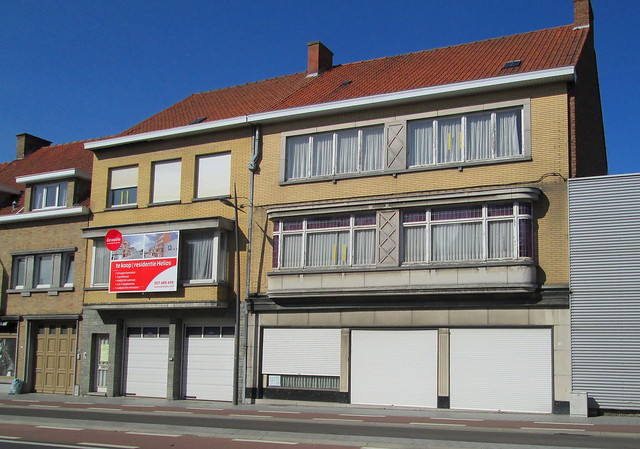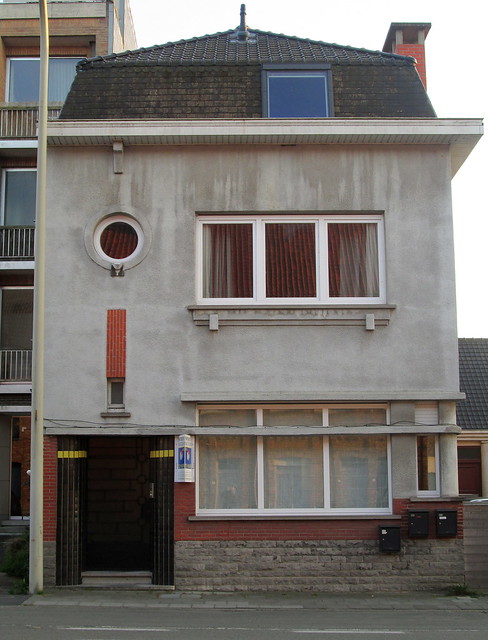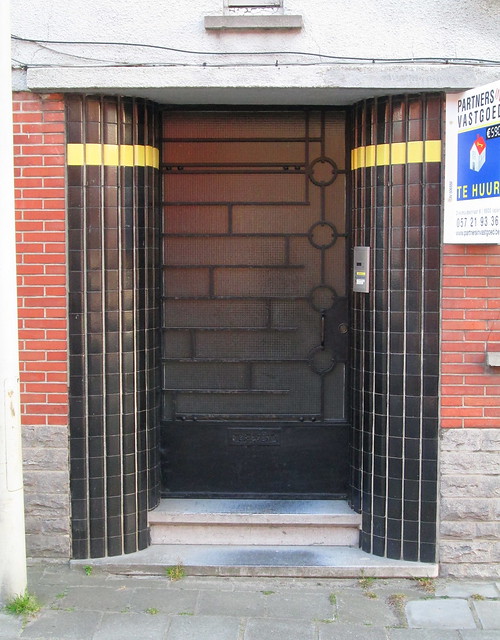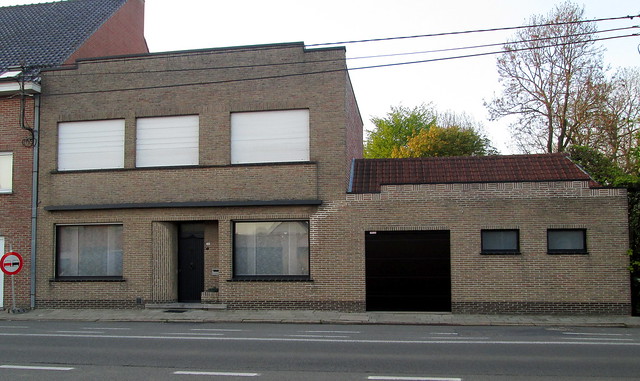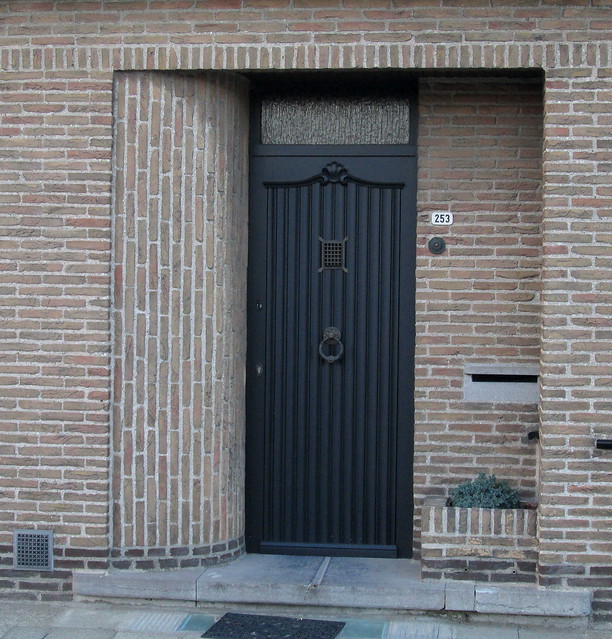Hill 62 Trenches Museum, Sanctuary Wood, Near Ypres
Posted in Museums, Trips at 11:00 on 11 November 2022
The museum is situated on the Canadalaan off the Menin Road, near Ypres (Ieper,) Belgium. I have mentioned Canadalaan before, here and here.
The board describes the museum as a Museum Tranchées (Trenches Museum.)
Two field guns flank the museum’s frontage:-
The museum building contains many relics of the Great War but its main interest is a set of relatively well-preserved trenches to the rear of the building where the trees of Sanctuary Wood have returned.
These supports for barbed wire lean against the back of the building:-
View of Trenches:-
Derelict aero engines and shell craters:-
More craters:-
Trench line:-
More trenches:-
A dugout:-
Trench mortar and trenches:-
Tunnel entrance:-
Part of tunnel:-
Tunnel exit:-



